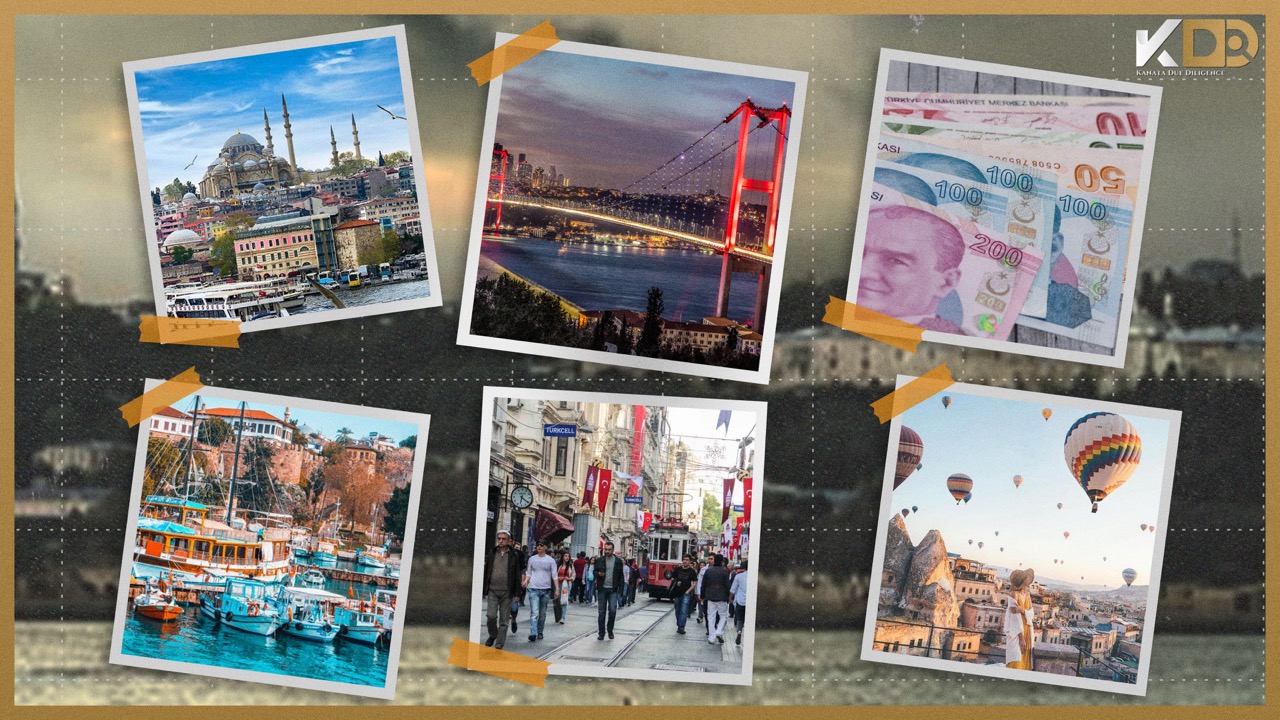Turkey: A Crossroads of Continents and Economic Dynamics

Turkey, officially the Republic of Türkiye, stands as a transcontinental country strategically positioned at the crossroads of the Balkans, Caucasus, Middle East, and the eastern Mediterranean. Bounded by the Black Sea to the north, the Mediterranean Sea to the south, and the Aegean Sea to the west, Turkey’s geographical significance has shaped its historical and cultural tapestry.
The official language of Turkey is Turkish, reflecting its rich Ottoman and Byzantine heritage. Additionally, the country is home to diverse linguistic communities, with Kurdish (Kurmanji) and Arabic being widely spoken. This linguistic diversity adds layers to Turkey’s cultural mosaic, fostering a unique blend of traditions.
Economic Landscape and Global Influence: Turkey plays a crucial role in the global economic landscape. As the 7th largest purchaser of U.S. liquefied natural gas exports, the nation has emerged as a significant player in the energy market, solidifying its position as an emerging regional energy hub. In 2023, Turkey’s nominal GDP peaked at USD 1.154 trillion, with a nominal GDP per capita reaching USD 13,383. Ranked as the 19th largest economy globally, Turkey boasts a GDP of approximately USD 906 billion.
However, economic challenges loom on the horizon. The nation’s economic momentum has faced headwinds due to a deteriorating external environment and unconventional monetary policies. The risk of a financial crisis is heightened by Turkey’s reliance on external financing. Booming credit has led to increased imports, creating a strain on Turkey’s otherwise robust export performance.
Geopolitical Challenges: Beyond economics, Turkey grapples with geopolitical complexities. Situated at the crossroads of continents, it serves as both a transit and destination for migrant smuggling and trafficking in persons. While the Government of Türkiye has made significant efforts, it falls short of fully meeting the minimum standards for the elimination of trafficking. Addressing these challenges requires a multifaceted approach that balances economic sustainability with social and political considerations.
Mapping Turkey’s Trajectory: To visualize Turkey’s intricate geography and appreciate its strategic positioning, an examination of the country’s map is essential. The map reveals Turkey’s proximity to key bodies of water and its bridging role between Europe and Asia. This geographical context is fundamental to understanding Turkey’s historical narrative and its contemporary role in regional and global affairs.
In conclusion, Turkey’s multifaceted identity as a cultural crossroads, economic powerhouse, and geopolitical player underscores its complexity. Navigating economic challenges while addressing social and geopolitical issues requires a balanced and comprehensive approach. As Turkey charts its course into the future, its global significance remains undeniable, making it a nation worthy of close observation and analysis.
Leave a Reply